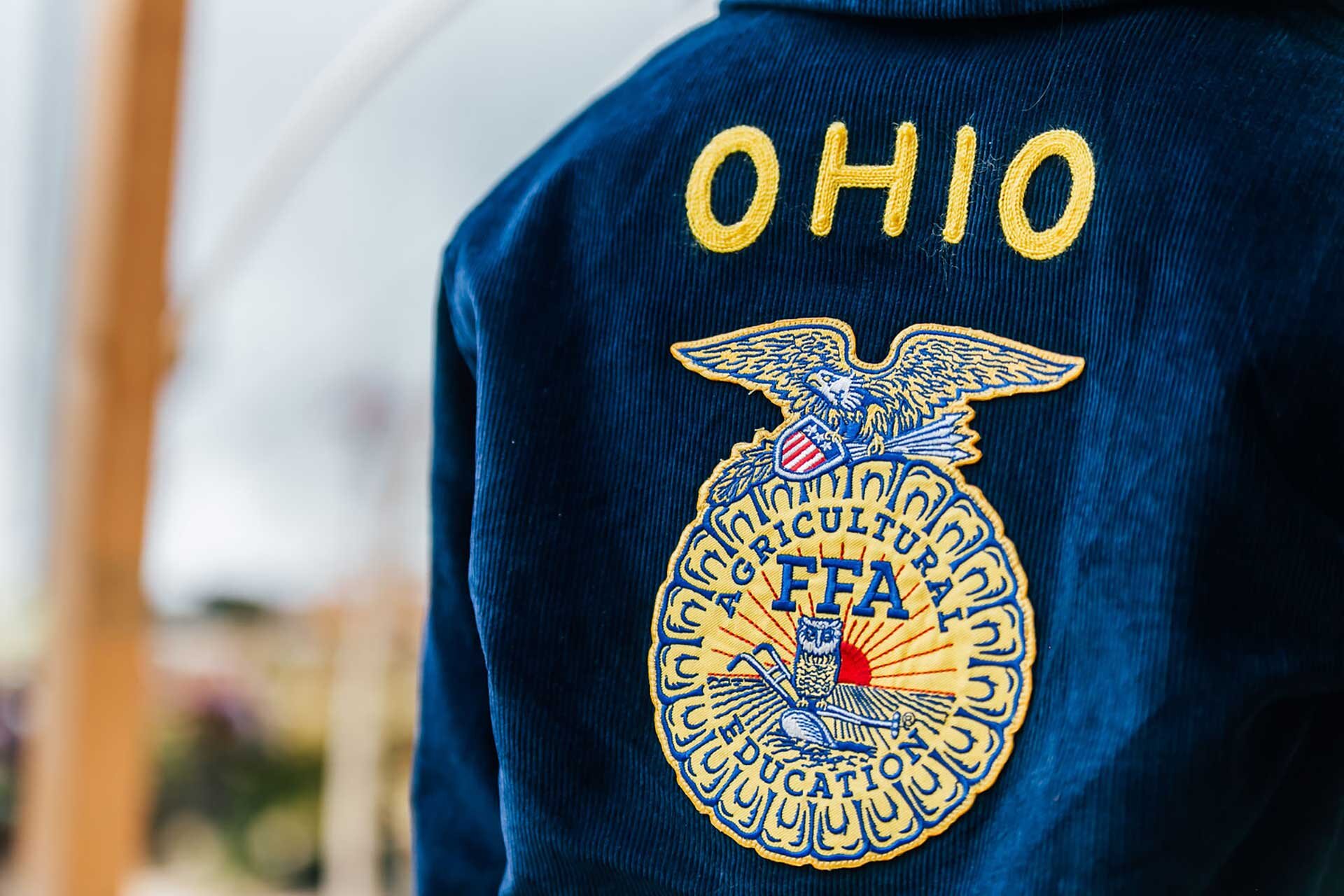FFA Facts
Emblem - 5 parts
Plow: symbol of labor and tillage of the soil
Eagle: symbol of our national scope and patriotism
Rising Sun: symbolizes progress in agriculture …the future of agriculture
Cross section of an ear of corn: symbol of the common agricultural link between all states
Owl: symbol of knowledge and wisdom
Words: FFA is an integral part of Agricultural Education
Important Dates
1917: Smith-Hughes Act Passed
1928: Future Farmers Of America was founded
1930: The FFA Creed was adopted
1931: The Anna FFA Chapter Began
1933: FFA Jacket adopted as official dress
1965: NFA and FFA merged
1969: Girls were admitted to FFA
1988: Future Farmers of America Was changed to the National FFA Organization
Past People
E.M. Tiffany: Author of the FFA Creed
Leslie Applegate: First National President
Henry Groseclose: Father of the FFA
C.H. Lane: First National Advisor
Dr. Gus Linter: Designer of the FFA jacket
H.O. Sargent: One of the founding fathers of NFA
Colors
National Blue & Corn Gold
National Convention Sites
1st National Convention & every national convention until 1998 were held in Kansas City, Missouri
Moved to Louisville, Kentucky in 1999 until moving again in 2006 to Indianapolis, Indiana
Official Dress
Females
White collared blouse/shirt & Official FFA blue scarf & black skirt (The skirt is to be knee length, hemmed evenly across the bottom. Black slacks may be appropriate for traveling and outdoor activities)
Black hosiery & black dress shoes with closed toe and heal (no embellishments such as bows or buckles)
Official FFA Jacket Zipped all the way to the top
Males
Black slacks & white collared shirt & official FFA necktie
Black dress shoes & black socks
Official FFA jacket zipped all the way to the top
Other
Public Law 740 (federal charter): stated FFA was an “intracurricular” not an extracurricular part of the agricultural education program
FFA “code of Ethics” states that FFA members should be courteous in winning and generous in defeat
Motto
Learning to Do
Doing to Learn
Earning to Live
Living to Serve
Mission Statement
FFA makes a positive difference in the lives of students by developing their potential for premiere leadership, personal growth and career success through agricultural education
FFA Membership
Active: Middle and High school students enrolled in agriculture courses (can continue 2 years after graduation)
Collegiate: College Students in agriculture courses
Alumni: Former FFA members and supporters of the FFA
Honorary: A limited group of people selected because of their service provided to the FFA
FFA Degrees
Greenhand: The local chapter awards the bronze pin to these recipients their first year in FFA, must learn about the FFA and have a plan for an SAE
Chapter: The local chapter awards the silver pin to these recipients in their second year; students must have an active SAE in operation
State: The gold pin is awarded to these recipients from the state association
American: The highest degree a FFA member can receive
How to Wear Awards
Greenhand/Chapter Degree: officer and award medals should be worn beneath the name on the right side of the jacket
State Degree or American Degree: keys should be worn above the name on the right side of the jacket or attached to a standard key chain
NO MORE than 3 pins should be work on the jacket. Should represent the highest degree earned, highest office held, and the highest award earned.
FFA Leadership
National Leadership
National President: Kolsen McCoy
Secretary: Kourtney Lehman
Southern Region VP: Yomar Roman
Central Region VP: Mamie Hertel
Eastern Region VP: Tess Seibel
Advisor: Dr. James Woodard
Executive Secretary: Cheryl Zimmerman
State Leadership
President: Bethany Starlin
Vice President: Paige Teeters
Secretary: Joe Helterbrand
Treasurer: Allison Engel
Reporter: Bailey Lowe
Sentinel: Victoria Snyder
Advisor: Matthew Winkle
Vice Presidents at Large: Olivia Coppler, Kyra Davidson, Kyle Hicks, Reilly Jacobs Bell, Jacob Zajkowski
Alumni Executive Secretary: Ron Tilford
Foundation and Alumni Program Manager: Jessica Shanahan




